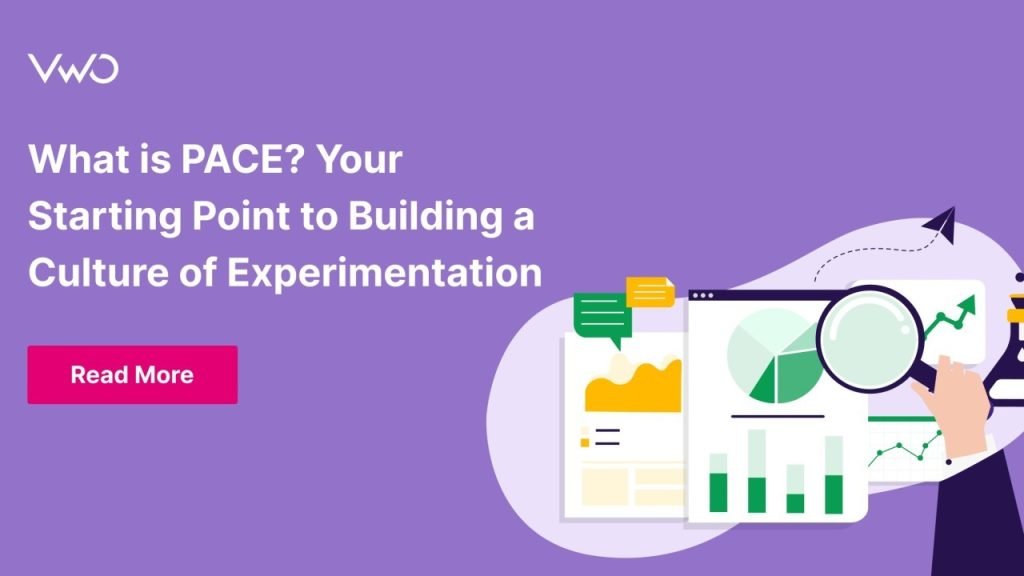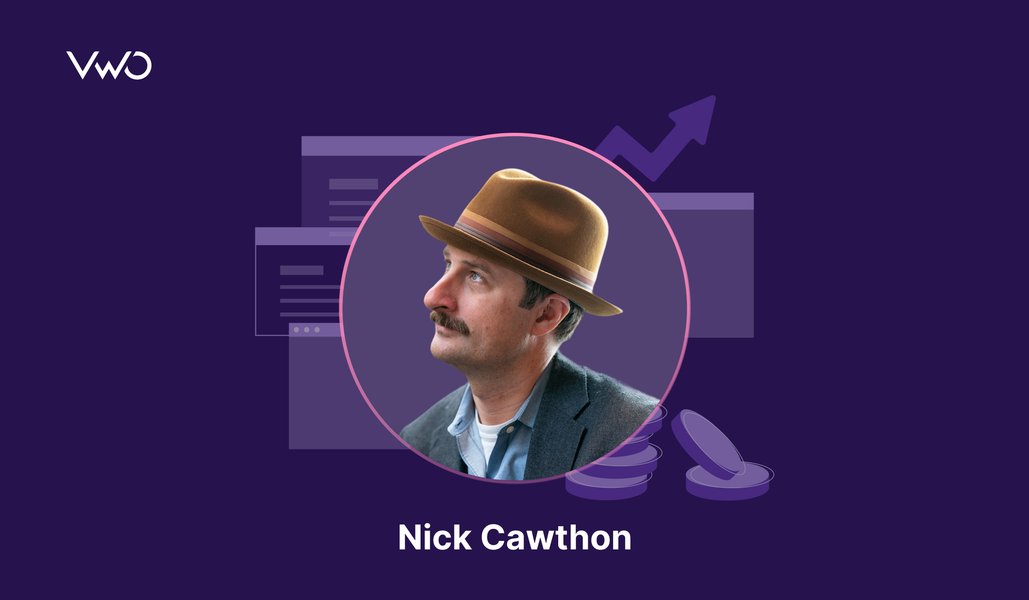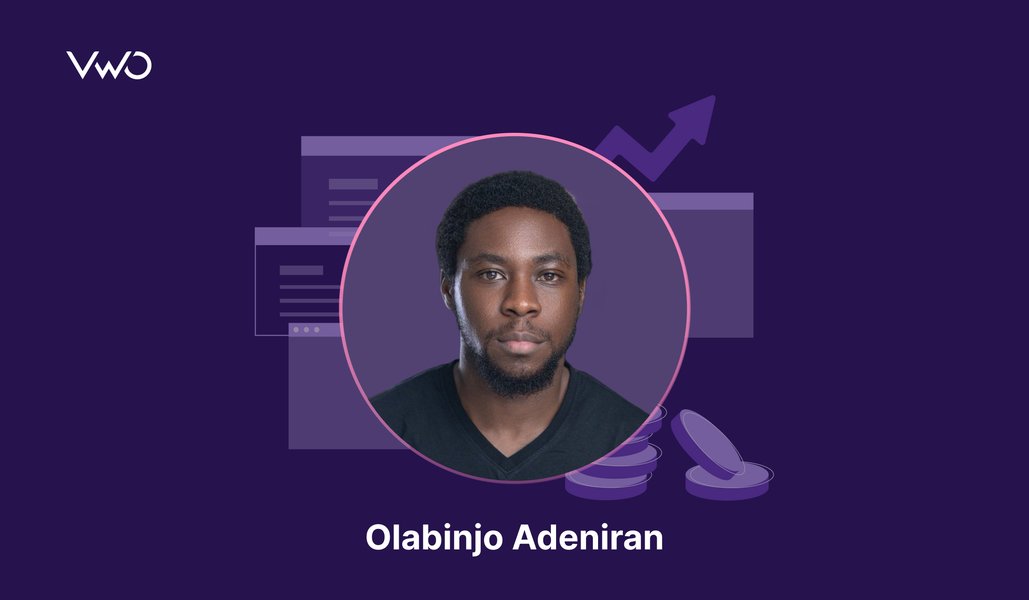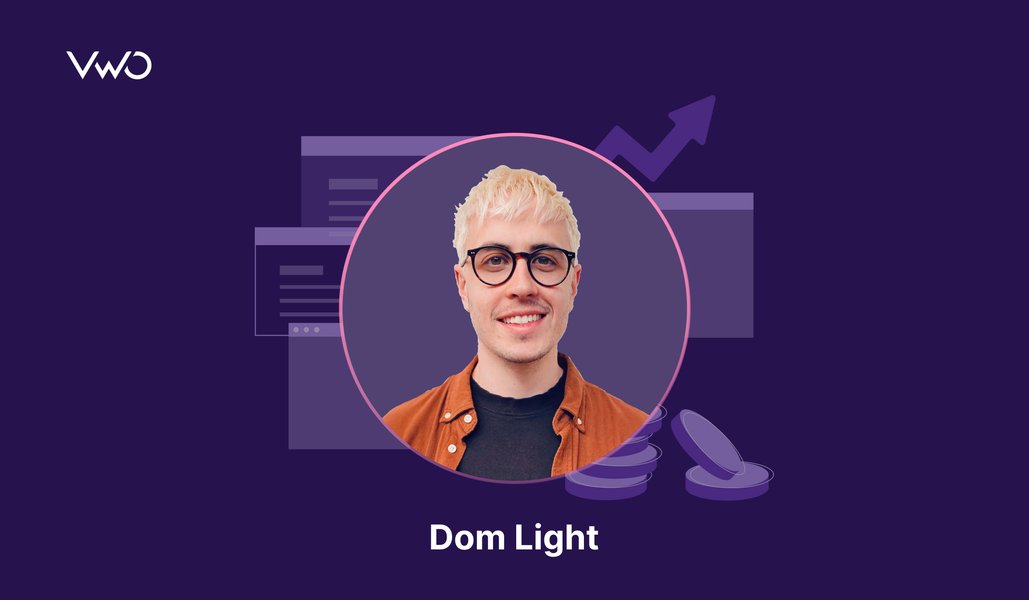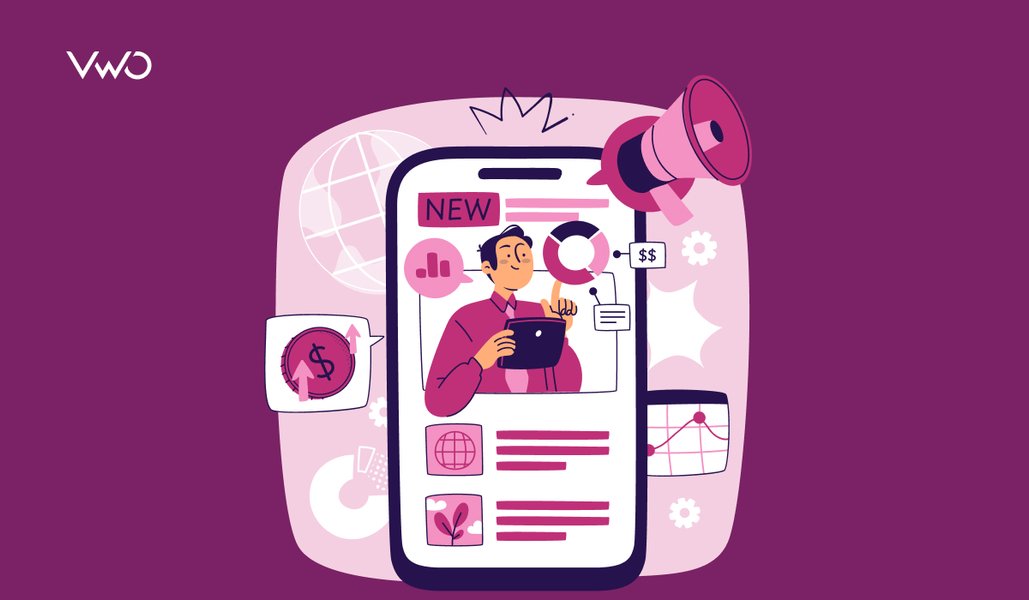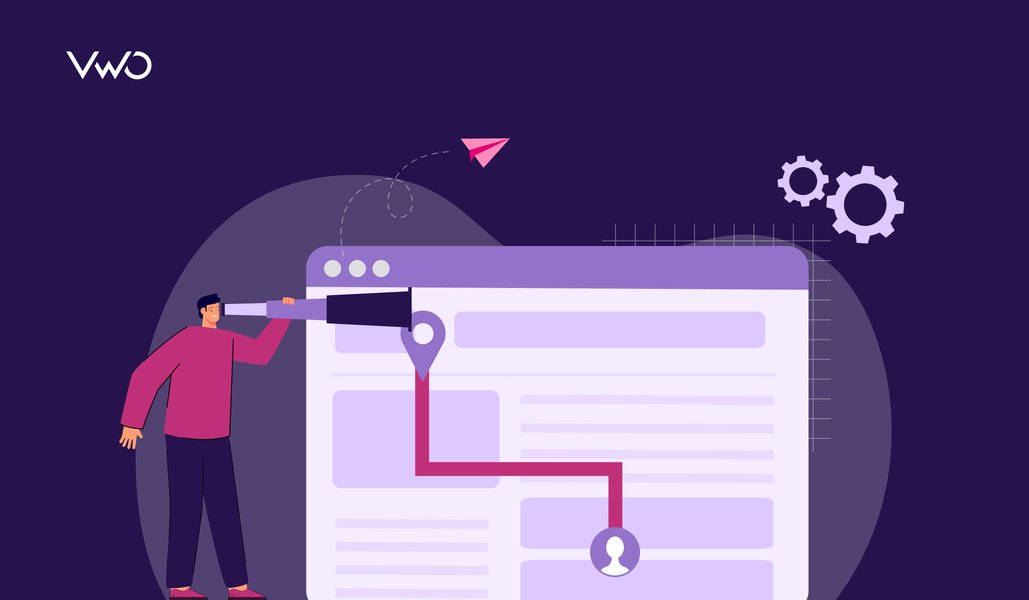Welcome to the fourth post in ‘CRO Perspectives: Insights from Industry Thought-leaders’!
In this series, we’ve gathered top experts in conversion rate optimization to share their unique experiences and insights. By learning from their successes and challenges, you can refine your strategies and drive impactful results. Let’s find out who’s featured in this month’s post.

Leader: Ngo Wei Kang Gladwin
Role: VP of Growth at Crimson Education
Location: Singapore
Speaks about: Digital marketing • Performance marketing • Growth marketing
Why should you read this interview?
Gladwin brings a wealth of experience and a strong skill set to the table, making him a standout in the fast-paced startup scene in Singapore. With a foundation of self-discipline and adaptability, Gladwin has cultivated a growth mindset that drives continuous learning and operational efficiency.
At Crimson Education, Gladwin achieved remarkable results, driving a 16x increase in annual revenue and a 7x expansion in team size over five years. Leading a culturally diverse, remote team of over 20 digital marketers across 10+ countries, Gladwin oversees comprehensive performance marketing strategies for more than 20 countries. Notably, Gladwin tests and refines new marketing approaches, leveraging extensive insights from analyzing campaigns, A/B tests, and revenue metrics.
This interview promises invaluable insights into navigating complex digital landscapes and driving sustainable growth.
Lessons from a decade in marketing
My professional journey in marketing has been quite unconventional and insightful. I didn’t start with an official marketing education. Instead, I graduated with a major in mechanical engineering. During my studies, I recognized the importance of marketing, realizing that even the best products need effective marketing to succeed. This realization came while I was taking my minor in entrepreneurship, with a particular interest in social entrepreneurship.
My career began in SEO at a digital marketing agency. Despite lacking practical experience, I was given the opportunity to test and learn, and I was fortunate enough to crack the SEO “secret sauce” early on. However, due to the inherent uncertainties of SEO, I transitioned to performance and paid digital marketing. This shift allowed me to see results more quickly and have more control over outcomes. I’ve since gained experience across various startups in the health-tech, fintech, and ed-tech sectors.
For most of my career, I’ve been the sole marketer in my companies, learning extensively from mentors who didn’t even know they were mentoring me through their blogs, books, and courses.
What I’ve learned:
- Direct engagement: Don’t hide behind data. Engage with sales teams and customers to gain valuable context and insights that can significantly improve your campaigns.
- Application and experimentation: Learn through doing. Every dollar spent provides new insights, and every failed experiment brings you closer to your goal. Digital marketing, especially paid ads, is highly dynamic. Success can sometimes be as simple as duplicating a failed campaign.
Don’t rely solely on best practices. What works for one industry or geography might not work for another. Tailor your strategies to your specific context.
What I’ve unlearned:
- Premature certifications: Instead of taking many certifications and learning far in advance, focus on learning what you need when you need it and through practical application.
- Static tactics: Marketing, particularly digital marketing, is very dynamic. Strategies that work today may become obsolete quickly, especially in the modern AI age. Growth hacking tactics often have a short shelf life.
My journey has been about evolving with the industry, learning from both successes and failures, and staying curious and adaptable.
Importance of experimentation in growth marketing
Experimentation is crucial in growth marketing, especially given the dynamic nature of the current world we live in. It’s all about testing, learning, adapting, and repeating—embracing the fact that the only constant is change.
Customer lifetime value and revenue can be significantly impacted by new competitors or emerging technologies. For instance, we’ve seen how AI has disrupted various industries in just the past year. If we don’t engage in continuous experimentation, we risk becoming reactive to these changes rather than proactive.

Experimentation allows us to be prepared for whatever comes our way. By being proactive, we not only stay ahead of the curve but also maintain a competitive edge. This approach helps us identify new opportunities and optimize our strategies to enhance key business growth metrics like customer lifetime value, retention, and revenue.
By constantly testing and iterating, we build a robust defense against competitors and market fluctuations. This moat strengthens our market position and ensures long-term success by continuously improving our offerings and strategies.
There’s a famous quote by Dan Kennedy: “Whoever can spend the most money to acquire a customer wins.” In today’s world, I believe this can be adapted to, “Whoever can spend the most resources to experiment, turn failures into learnings, and apply them wins.”
By dedicating resources to experimentation, we can continuously improve and stay ahead in the competitive landscape.
Impactful experiments led by Gladwin
One of the most memorable experiments my team conducted was with the rise of AI in marketing. We set up an A/B test to compare ad copies written by humans versus those generated by AI. Interestingly, in two out of the three tests, the AI-generated ad copy outperformed the human-written copy.
This outcome was not something we viewed as AI replacing human marketers. Instead, it gave us confidence that we could support our marketers better by empowering them with AI. This approach saves time and allows them to focus on higher-impact activities.
As a result of this experiment, we started introducing AI tools to our marketing team and provided training on how to use them effectively. We also allocated more resources to researching and creating tested and proven prompts, ensuring our marketers are well-equipped with the necessary AI tools.
Get AI-generated copy suggestions tailored to your needs with VWO’s text recommendation feature, powered by the GPT-3.5 Turbo model in the Visual Editor.
The role of research in marketing decision-making
The role of research in growth marketing is paramount. Qualitative research provides the context that helps us frame our quantitative efforts, particularly when using frameworks like ICE (Impact, Confidence, and Ease) to prioritize experiments. This combination allows us to determine which experiments to run first based on their potential impact and feasibility.
Without proper research, managing numerous ideas with limited resources becomes challenging. A well-structured experimentation program relies on solid research to ensure that we are not just running experiments, but running impactful ones that drive tangible business outcomes.
If you get the research and prioritization right, you’ve won half the battle, regardless of the experiment’s outcome. Even if an experiment yields negative results, it provides valuable insights on what to avoid or pivot from in the future.
The continuous learning loop, grounded in thorough research, is essential for effective growth marketing.
Cultivating a culture of experimentation in teams
Cultivating a culture of experimentation within our growth marketing team can be remembered with the acronym PACE:
- Preserve knowledge by creating a centralized test bank. This repository records all tests conducted, allowing team members to learn from past experiments and find inspiration for new tests.
- Assure quality by standardizing the end-to-end experimentation process. This includes comprehensive test plans that cover ideation, hypothesis generation, execution, tracking, and auditing of results.

- Create a scoring system for each experiment based on its potential impact—high, medium, or low. Each team member is required to achieve a set number of points as part of our team OKRs, ensuring everyone is actively engaged in meaningful experimentation.
- Encourage innovation by developing AI prompts to assist team members in generating new test ideas and reviewing their test plans. This fosters creativity and efficiency in our experimentation process.
Get personalized A/B testing ideas with VWO’s new AI feature. Simply enter the URL of the page you want to optimize and specify your optimization goal.
We also promote a continuous learning environment with a dedicated Slack channel for sharing experimentation resources and encourage team members to share their learnings across various channels, including team meetings, email updates, and Slack. By implementing these steps, we’ve created a robust culture of experimentation that drives innovation and continuous improvement within our team.
Common mistakes in experimentation
There are several common misunderstandings and pitfalls that growth marketers can encounter when it comes to experimentation. These can be remembered with the acronym MAP:
- Misaligned metrics: Many growth marketers focus on metrics that don’t align with their broader business goals. For instance, you might double your click-through rate (CTR) and landing page conversion rate with curiosity-driven copywriting, but if this approach fills your sales development representatives’ (SDRs) pipeline with low-quality leads, it ultimately wastes their time and prevents them from reaching the right leads promptly.
It’s crucial to ensure that the metrics you focus on align with your broader business goals.
- Analysis paralysis: Overthinking and over-analyzing can lead to procrastination, causing you to miss out on valuable opportunities to test, learn, and adapt. The key is to strike a balance between careful planning and swift execution. By doing so, you can continuously iterate and improve your strategies without getting bogged down by analysis paralysis.
- Perfectionism: There’s a misconception that you always need to reach statistical significance for experiment results to be useful. In reality, achieving statistical significance isn’t always feasible, especially in niche industries where you might not have enough volume. In such cases, directional insights can still provide valuable learnings and guide decision-making.
Recognizing and addressing these misunderstandings can help growth marketers conduct more effective and impactful experiments.
Experimentation mindset in Singaporean businesses
Based on my personal experience, the understanding of the importance of growth and experimentation is still in its early stages for many businesses in the region.

While some businesses recognize the potential impact of experimentation on long-term success, not many are able to effectively track this impact, especially in terms of how it connects to their revenue goals. This lack of tracking creates a vicious cycle—if you can’t measure the impact, you’re less likely to allocate more resources to improve your experimentation efforts, and the cycle continues.
Businesses should invest in proper tracking and analytics tools. By doing so, they can gain clearer insights into the benefits of experimentation, justify the allocation of resources, and ultimately drive long-term success through continuous growth and learning.
Tech and consumer trends to watch out for
I envision the future of growth marketing to be heavily AI-driven. AI will empower growth marketers by generating better ideas for experimentation, improving the tracking and analysis of results, and clearly showcasing the impact on business goals. This enhancement will allow marketers to make more informed decisions and drive more effective strategies.
AI will also save time on activities such as research and data analysis, giving marketers more time to focus on higher-impact activities. This efficiency will enable leaner experimentation teams, possibly as small as one or two people, to achieve significant results by leveraging AI.
Overall, the integration of AI into growth marketing will revolutionize how we approach experimentation and strategy, making it more efficient, data-driven, and impactful.
Expert advice on leveraging experimentation for growth
My primary advice is to just get started. You can remember this with the acronym START:
- Set clear goals for your experimentation program, ensuring they align with your broader business objectives.
- Track your results and measure the impact rigorously.
- Adapt your strategies based on the data you gather, and be prepared to pivot as needed.
- Allocate Resources effectively to support continuous experimentation.
- Tune in to the experimentation community. Learn from companies like VWO, CXL, and Speero, and follow experts like Ben Labay. Engaging with these resources can provide valuable insights and help you stay updated with the latest trends and best practices in the field of experimentation.
By following these steps, you can continuously learn and refine your approach, leveraging each experiment to drive growth and improvement.
Conclusion
We hope this interview gave you valuable insights into how culture, team structure, and strategic alignment shape a successful experimentation program. From creating a strong experimentation rhythm to avoiding common mistakes and grounding decisions in strong research practices, Gladwin shared lessons that apply across industries.
If you’re curious to explore the PACE framework he mentioned, we’ve broken it down further in a follow-up piece. It walks through each stage—from building awareness to scaling processes—and shows how VWO supports teams with collaboration tools, guided workflows, and experiment tracking. Click the image below to read the full article.
If you’re inspired by what’s possible, take a demo and see how VWO turns experimentation from an initiative into a growth engine.


